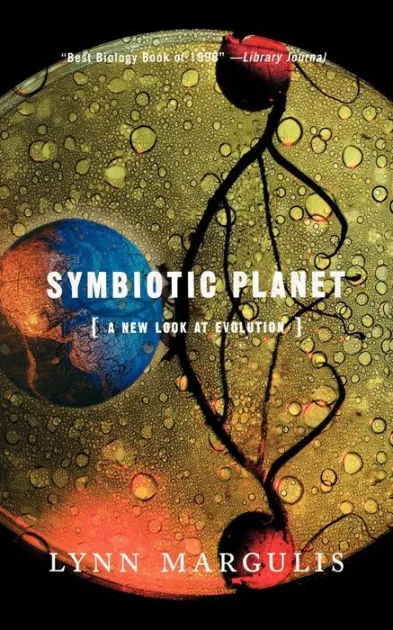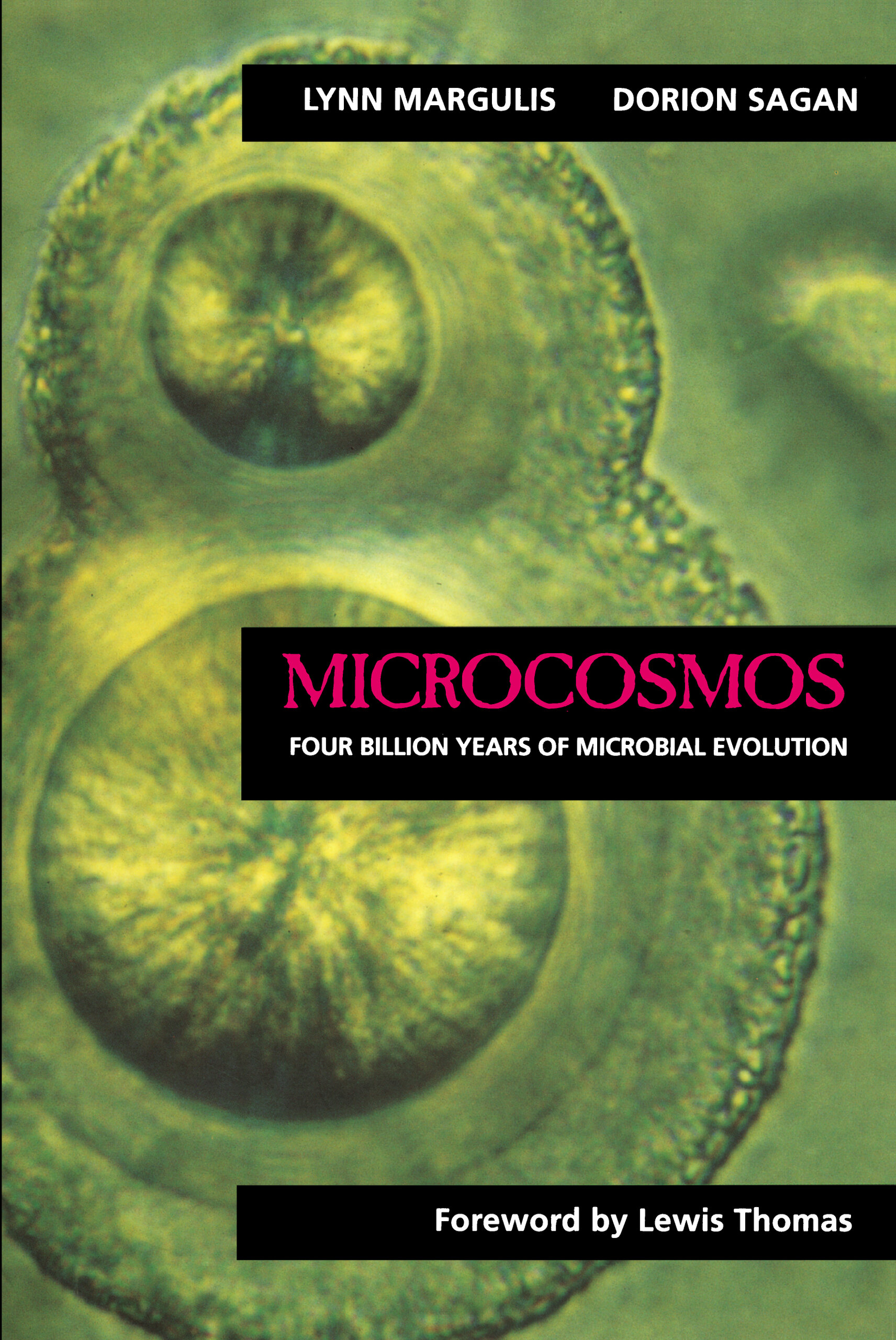Microbiology: Books
Further resources, if available, can be found in our full bibliography.

The Origin of Eukaryotic Cells is a book published in 1970 by biologist Lynn Margulis, where she presented her groundbreaking theory that eukaryotic cells, the complex cells found in plants and animals, originated through a process called endosymbiosis, where smaller prokaryotic cells were engulfed by other cells and evolved into organelles like mitochondria and chloroplasts within the larger cell.

The Physical Basis of Bacterial Quorum Communication
Stephen J. Hagen
Springer Science and Business Media
2015
Quorum sensing (QS) is a process used by bacteria to communicate with each other through chemical signals called autoinducers. When many bacteria are present, the concentration of these signals increases, leading to changes in gene expression that coordinate group behavior. However, QS is more complex than simply counting cell numbers; many bacteria produce different autoinducers and interact with each other in various ways. The book explores how bacteria gather environmental information through QS, the physical limits of this communication, and how they manage noise and interference in their signaling. It also examines how QS operates in structured environments like biofilms. With contributions from experts in biology and physics, this volume focuses on the experimental and theoretical aspects of QS, aiming to help scientists understand this vital microbial communication process through a physical science lens.

Chemical Communication Among Bacteria
Bonnie L. Bassler, Stephen Carlyle Winans
American Society for Microbiology Press
2014
The latest findings on chemical communication among bacteria and potential areas for future research. Includes four sections that address cell-cell signaling during development and DNA exchange; signaling in relationship to humans, animals, and plants; production and detection of chemical signals; and eukaryotic quorum sensing. Presents new discoveries, including the structures of three bacterial signal synthases, signal receptors, mechanisms of signal transduction, pathways, and the expression of target genes. Provides a comprehensive overview of signal synthesis, detection, and its impacts on bacterial behavior.

In How We Live and Why We Die: The Secret Lives of Cells, biologist Lewis Wolpert explores how life is governed by the behavior of cells. From the genes in embryos to the firing of nerve cells, Wolpert explains how cells shape human existence, from birth to aging and death. Drawing on recent genetic discoveries, he illustrates the complexity of the human body, made up of billions of cells, and discusses controversial topics like stem cell research, cloning, and cancer. The book offers an insightful and accessible look at cellular life while pondering the origins of life itself.

Although Charles Darwin’s theory of evolution laid the foundations of modern biology, it did not tell the whole story. Most remarkably, The Origin of Species said very little about, of all things, the origins of species. Darwin and his modern successors have shown very convincingly how inherited variations are naturally selected, but they leave unanswered how variant organisms come to be in the first place. In Symbiotic Planet, renowned scientist Lynn Margulis shows that symbiosis, which simply means members of different species living in physical contact with each other, is crucial to the origins of evolutionary novelty. Ranging from bacteria, the smallest kinds of life, to the largest—the living Earth itself—Margulis explains the symbiotic origins of many of evolution’s most important innovations. Written with enthusiasm and authority, this is a book that could change the way readers view the living Earth.

Microcosmos: Four Billion Years of Microbial Evolution
Lynn Margulis, Dorion Sagan
University of California Press
1997
Microcosmos brings together the remarkable discoveries of microbiology in the later decades of the 20th century and the pioneering research of Lynn Margulis to create a vivid new picture of the world that is crucial to humanity’s understanding of the future of the planet. Addressed to general readers, the book provides a beautifully written view of evolution as a process based on interdependency and their interconnectedness of all life on the planet.
Photo Credit: Coxiella burnetii; CDC/Unsplash